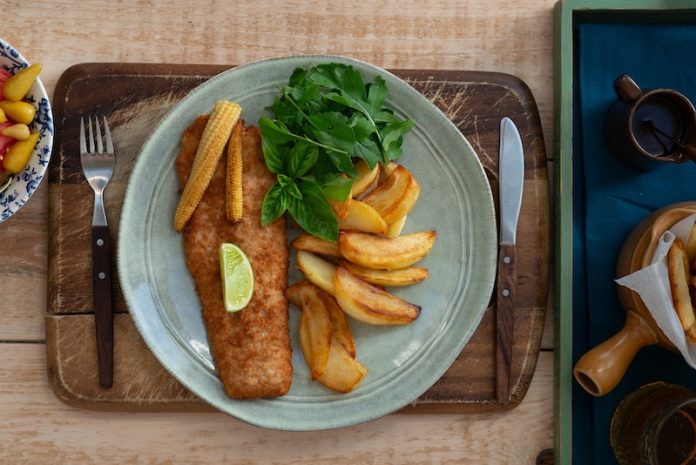
Potatoes are a staple in many diets worldwide, but recent research from scientists at Imperial College London sheds light on the relationship between potato consumption, cooking methods, and high blood pressure.
Previous studies have suggested a link between higher potato intake and elevated blood pressure, as well as an increased risk of obesity.
However, these studies often overlooked crucial factors, such as how the potatoes were prepared, overall dietary habits, and meal nutrient quality.
These oversights may significantly impact the connection between potato consumption and both blood pressure and body mass index (BMI).
Examining Potato Consumption and Preparation Methods
The researchers conducted a comprehensive study that delved into various aspects of potato consumption, including the amount eaten, the type of processing, overall dietary patterns, and the nutritional quality of meals.
The study involved 2,696 individuals aged 40 to 59 years from the United States and the United Kingdom. The data used for the study were sourced from the International Study of Macro- and Micro-Nutrients and Blood Pressure (INTERMAP).
Surprising Findings
Contrary to some expectations, the researchers discovered no significant associations between total potato intake and either blood pressure or BMI.
This included various potato preparation methods like boiling, mashing, baking, or mixed dishes containing potatoes.
However, a noteworthy observation emerged concerning fried potatoes, particularly in American women.
A higher intake of fried potato dishes was linked to an average increase of 2.29 mmHg in systolic blood pressure and 1.14 mmHg in diastolic blood pressure among US women.
These associations held true independently of BMI, indicating that the cooking method itself might be contributing to elevated blood pressure.
Additionally, an increased consumption of fried potatoes was directly correlated with higher BMI in US women. Intriguingly, these associations were not found in men, suggesting a gender-specific effect.
Nutritional Quality Matters
The study also emphasized the importance of meal nutrient quality in the context of potato consumption.
Higher intakes of fried potato dishes that were nutritionally poorer were positively linked to both systolic and diastolic blood pressure in US women.
Conversely, no significant associations were found between blood pressure and fried potato dishes with higher nutritional quality.
Key Takeaways
In summary, this study suggests that the method of cooking potatoes may play a pivotal role in their impact on blood pressure and BMI.
Fried potatoes, in particular, were directly associated with higher blood pressure and BMI in women, but not in men. Additionally, the nutritional quality of meals containing fried potatoes had a significant influence on blood pressure.
These findings underscore the importance of considering cooking methods and overall meal quality when evaluating the health effects of potato consumption.
While potatoes can be a nutritious part of one’s diet when prepared in a health-conscious manner, the study highlights the potential risks associated with the consumption of fried potatoes, especially for women.
It serves as a reminder that dietary choices and cooking methods can have a substantial impact on overall health.
If you care about blood pressure, please read studies about unhealthy habits that could increase high blood pressure risk, and people with severe high blood pressure should reduce coffee intake.
For more information about blood pressure, please see recent studies about added sugar in your diet linked to higher blood pressure, and results showing plant-based foods could benefit people with high blood pressure.
Follow us on Twitter for more articles about this topic.
Copyright © 2023 Knowridge Science Report. All rights reserved.



